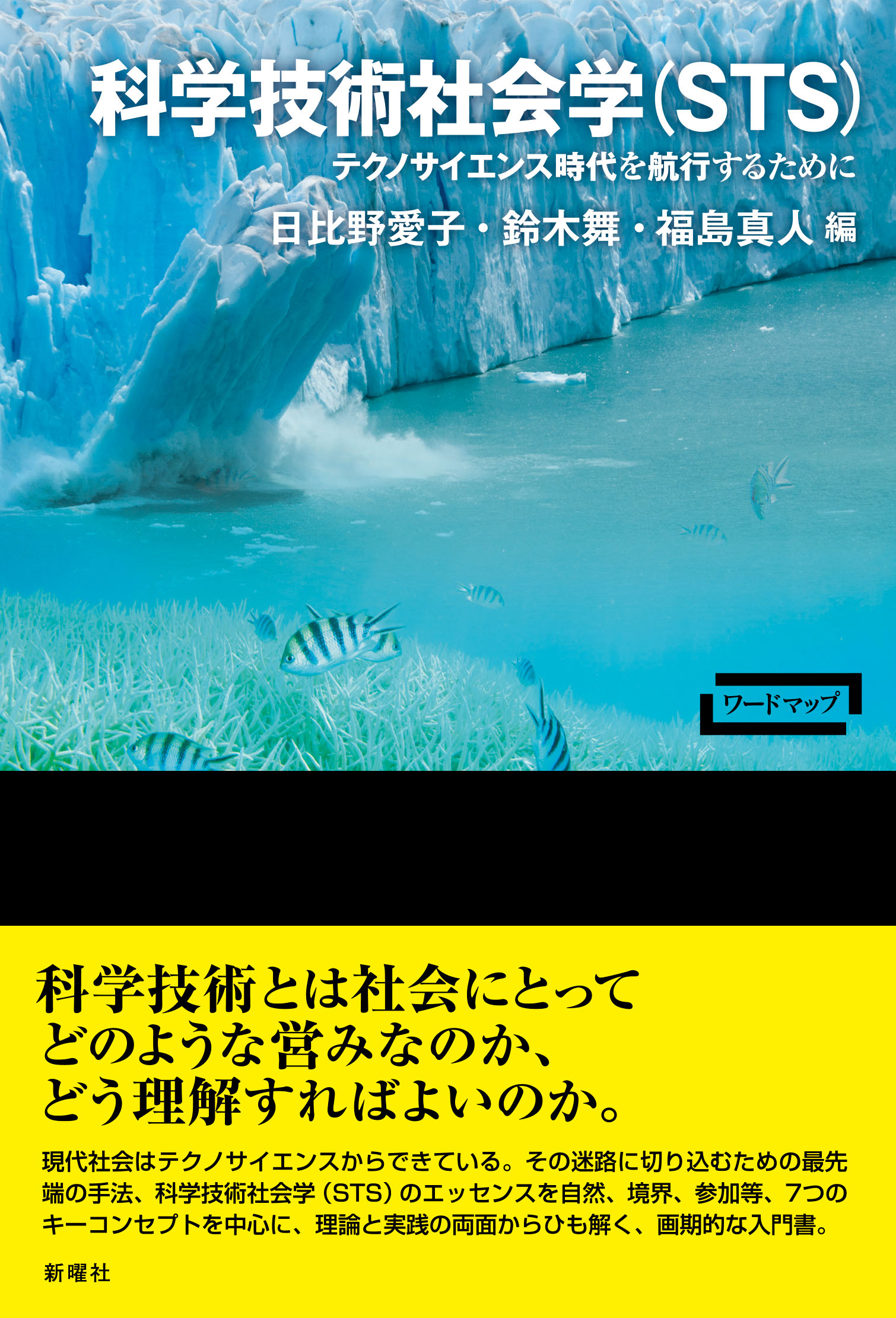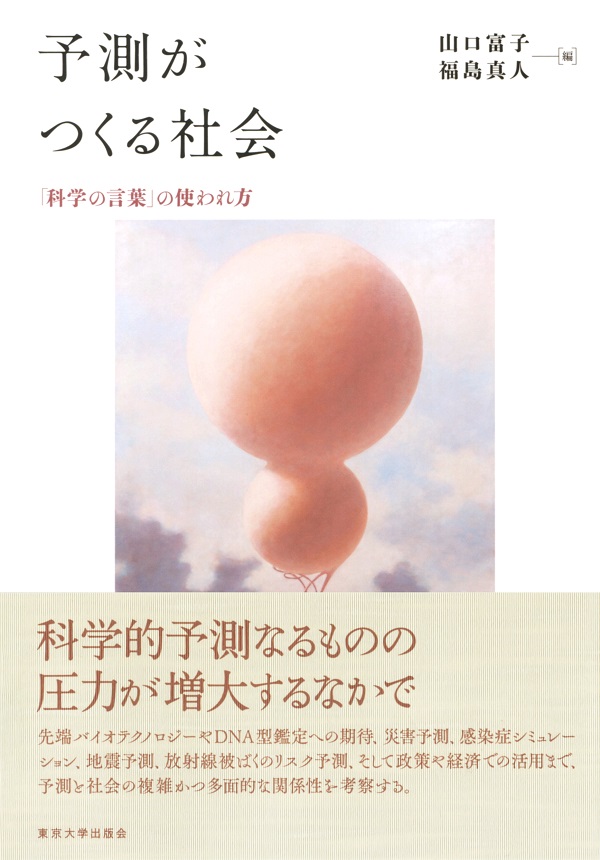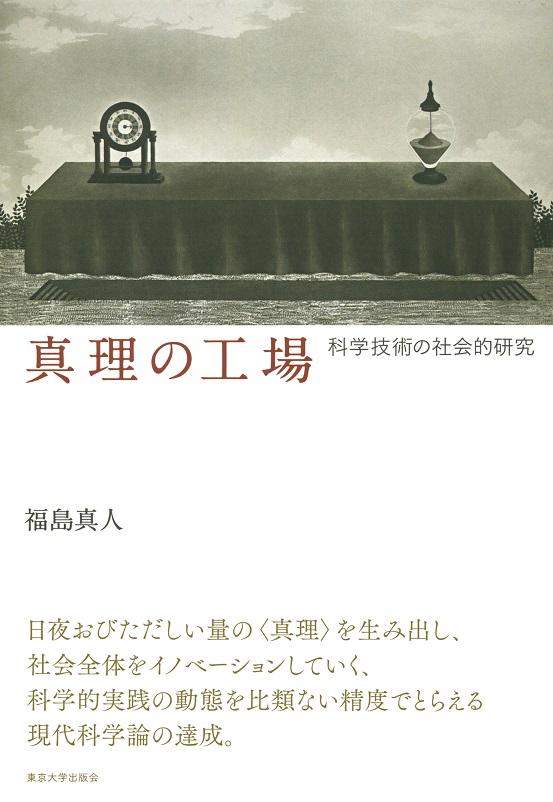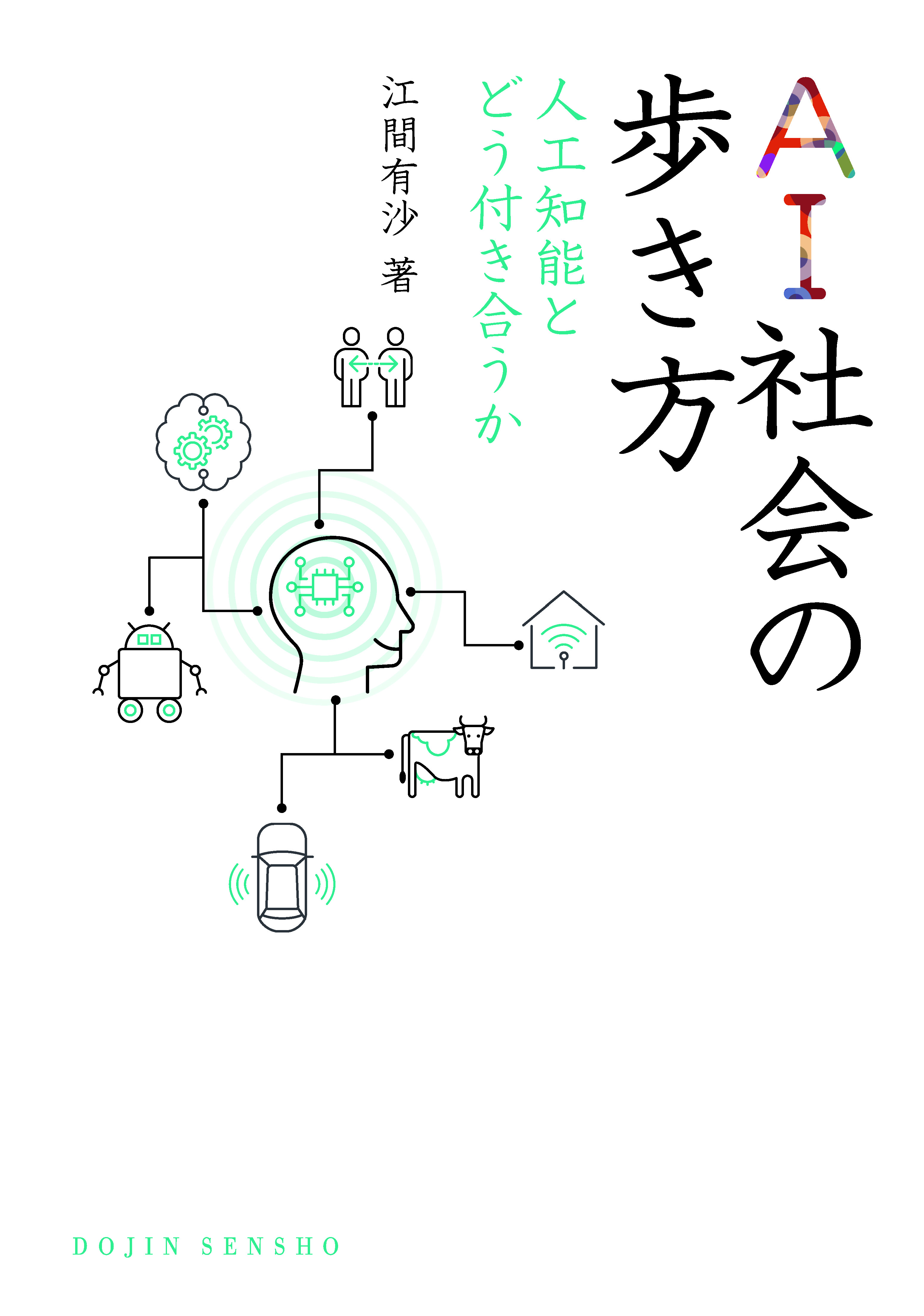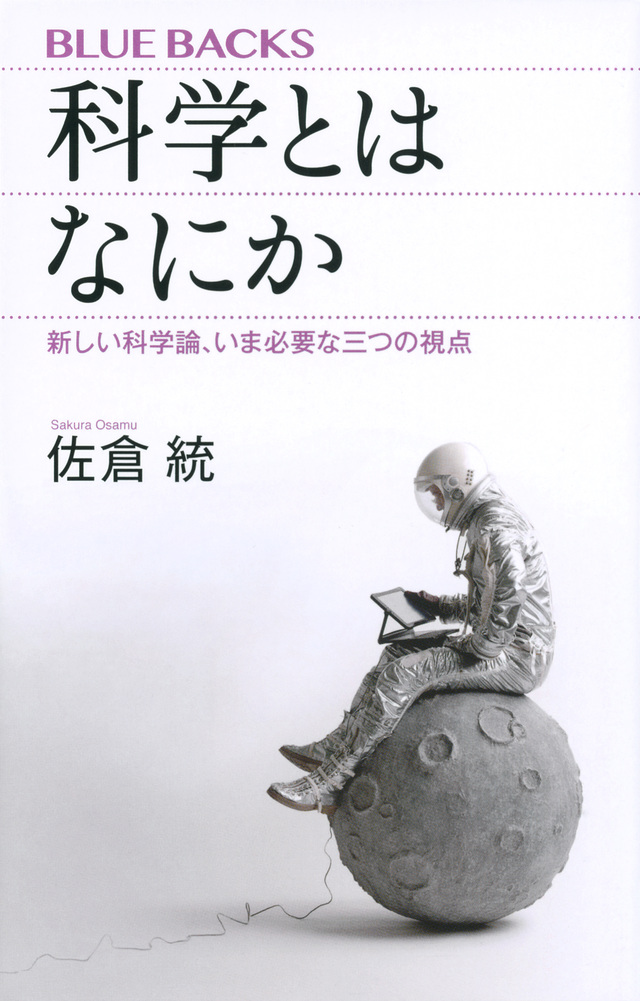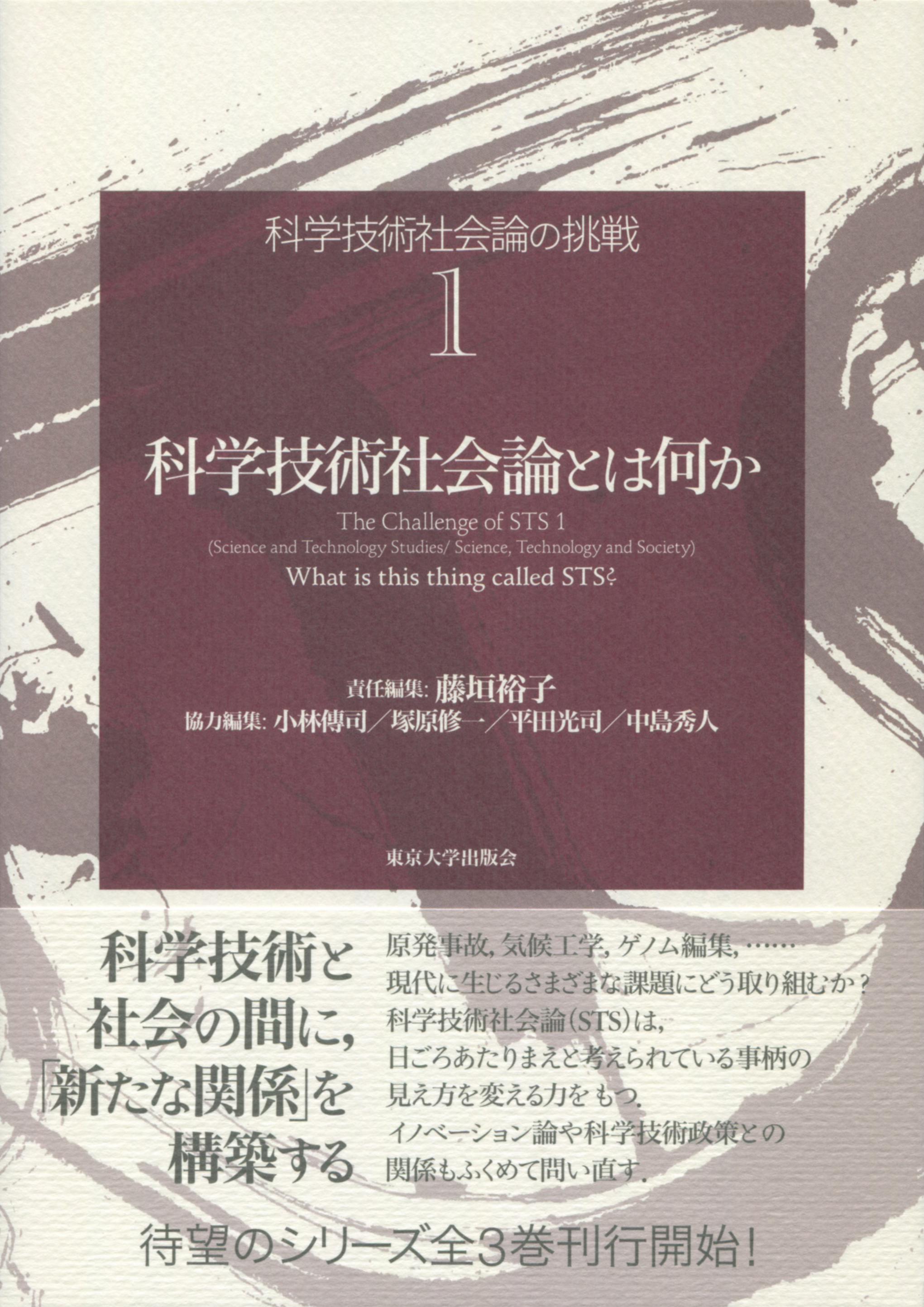
Title
The Challenge of STS Kagaku-Gijyutu-Syakai-Ron toha nanika (What is this thing called STS?)
Size
208 pages, A5 format
Language
Japanese
Released
April 17, 2020
ISBN
978-4-13-064311-5
Published by
University of Tokyo Press
Book Info
See Book Availability at Library
Japanese Page
What is STS (Science and Technology Studies / Science, Technology, and Society)? It is a discipline which explores the issues that manifest at the interface of science, technology, and society using methodologies from the humanities and social sciences. For instance, philosophy raises questions such as “what is science?” and “what is truth?” while sociology ponders “how does society affect the process of science and technology research?” and history asks, “how has the concept of truth been understood in different eras?” Meanwhile, ethics questions the social responsibility of scientists and engineers, while political science considers the relationship between science and democracy.
STS explores these questions, but also goes far beyond. In its exploration, it bridges, transcends, and moves. In the context of STS, “to bridge” implies bridging the coal face of science and technology research with society, bridging the fields of natural science and technology with those of humanities and social sciences, and bridging researchers with citizens. In fact, STS issues frequently manifest in the gaps between different fields, between the jurisdictional scope of different organizations, and between groups that lack previous interaction; creating bridges between these bodies is often a challenge. For example, ethical, legal, and social issues (ELSI) in science and technology consider the ethical, legal, and social implications when advanced science and technology is embedded into society. In thinking about these implications together with the stakeholders (including academics, the public, policymakers, industry, and third-sector organizations like NPOs), it is necessary to create bridges between society and the coal face of science and technology while also bridging the fields of natural sciences and technology with those of humanities and social sciences, and academics with the public and industry.
To “transcend” means to cut across the boundaries of academic disciplines and overcome organizational barriers to address the issues at hand. For instance, think back to the nuclear accident that followed immediately after the Great East Japan Earthquake – would blaming the people in charge at Tokyo Electric Power Company (TEPCO) be enough to solve the problem? So long as normal people are happy to blame an organization for doing something they think is outrageous and complacently consider such accidents or disasters to be someone else’s responsibility, problems will never be solved. We need to come together to think about how we should change organizations and systems to prevent problems from happening in the future, and how we could restructure systems so that Japan is seen worldwide to be fulfilling its responsibilities. In such an event, it will not be enough for normal people to consider things someone else’s problem. It will require them to participate in the debate about new systematic implementation by transcending organizational barriers as well as by transcending disciplinary boundaries. This is when it becomes necessary to “move.”
An example of how to “move” is to design and manage settings in which we can come together to think about how we should change organizations and systems to prevent problems from happening in the future. This might include encouraging public engagement to tackle environmental problems, running citizen workshops to think about the ethics of artificial intelligence, or planning citizen workshops to consider the safety of genetically modified foods or genome-edited plants.
This series has been produced to explain the research and practice of STS in a way that is understandable and approachable. The series is made up of three volumes, with this book being the first. It aims to outline the origins and real-life challenges of this field of study. The second volume aims to address case-analysis, while the third volume focuses more on the methodology.
(Written by FUJIGAKI Yuko, Professor, Graduate School of Arts and Sciences / 2020)
Related Info
http://www.utp.or.jp/book/b508189.html



 Find a book
Find a book


 eBook
eBook